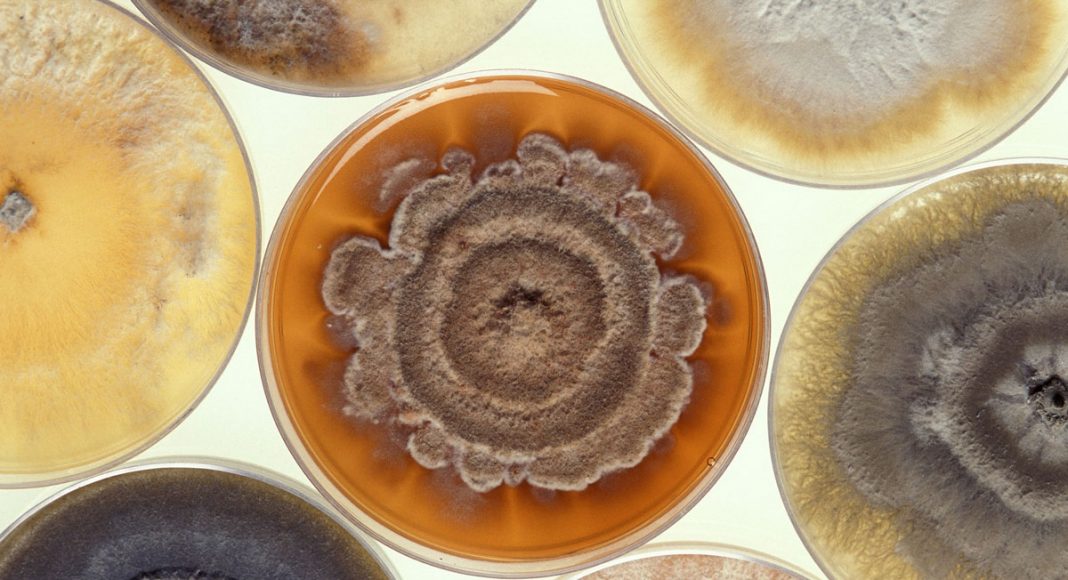The marijuana farmers on the 12-acre farm at the University of Mississippi have one job: To provide research-grade cannabis for scientists. And, according to one top researcher, the government-run facility has failed. Badly. It turns out the government marijuana is inferior and moldy.
Sue Sisley, who was awarded a grant to study cannabis as a treatment for military veterans suffering from chronic post-traumatic stress disorder, the dried marijuana she received from the university was moldy and had the consistency of talcum powder.
“It didn’t resemble cannabis. It didn’t smell like cannabis,” Sisley told PBS. “They weren’t able to produce what we were asking for.”
According to Sisley, the medical marijuana she received was contaminated with mold and the chemical potency was not what she had requested for the study.
To exacerbate the problem, there is no other legal source of marijuana for Sisley — or any American scientist for that matter — to conduct experiments. The University of Mississippi facility is operated by the National Institute on Drug Abuse (NIDA).
As PBS reports:
Since 1968, it has been the only facility licensed by the DEA to produce the plant for clinical research. While eight states and the District of Columbia have legalized marijuana — and all but a handful allow at least some medical cannabis — growing the plant in large quantities remains forbidden under federal law. For all practical purposes, that means that any medical study that wants to use marijuana on human subjects must go through the University of Mississippi.
Rick Doblin, whose organization Multidisciplinary Association for Psychedelic Studies (MAPS) is partnering with Sisley on the research, told PBS that this recent episode “shows that NIDA is completely inadequate as a source of marijuana for drug development and research. They’re in no way capable of assuming the rights and responsibilities for handling a drug that we’re hoping to be approved by the FDA as prescription medicine,” he said.
-
Related Story: Researchers Seeking Vets For PTSD-Marijuana Study
NIDA claims there have been no previous complaint about mold or potency, but it admits that the cannabis is not tested before being delivered to researchers.
“There’s no telling how many subjects in past studies were exposed,” Sisley warned.
According to the PBS report:
One sample, billed as having a 13 percent level of THC — the main psychoactive compound in marijuana — had just 8 percent when tested at the independent facility in Colorado. Other samples were off by lesser amounts. Subsequent testing at the University of Illinois-Chicago confirmed the presence of total yeast and mold. The Chicago tests also found all four samples contained trace amounts of lead, though well below the levels generally considered to be hazardous, at least for adults.
“We waited 20 months to get going, and then we got this sub-optimal study drug,” Sisley said. “The longer we allow this monopoly to continue, the more efficacy [of the] research will continue to be thwarted.”
[gravityform id=”13″ title=”false” description=”true”]


